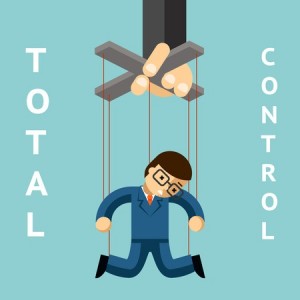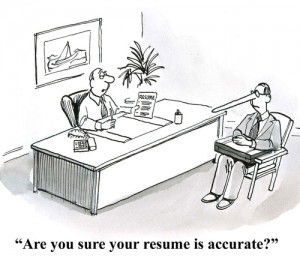Here’s how incorporating storytelling into your branding and messaging increases trust, empathy and bottom-line results.

If humans are wired for connection, why rely on bloated decks, endless data points or jargon-filled messaging to convey your company’s messaging?
Research shows that when we hear a story, our brains release oxytocin, a hormone linked to social bonding and trust. As a result, when we connect with a story, we’re more likely to empathize with the characters and feel compassion for their challenges and successes.
The power of storytelling
Maya Angelou’s famous quote has been a favorite on brand positioning decks for years: “People will forget what you said, people will forget what you did, but people will never forget how you made them feel.” Yet it’s so hard to actually deliver on those words.
Storytelling is the single thread that binds your company’s mission, purpose, culture and people. It’s not fluffy fairy tales; it’s emotional intelligence that creates connection and increases trust. That’s what influences revenue-generating behaviors such as purchase likelihood, brand preference, personal data sharing and customer references. Compelling storytelling drives your bottom line.
As the everlasting race for MQLs, opportunities and wins continues, marketers may turn to genAI for efficiency and scale. While helpful, it lacks personal experience and empathy. Here are four ways to deliver incredible stories:
1. Live out your mission and purpose
Define and communicate your company’s core values and principles to employees, customers and stakeholders. This grounds everyone and level sets expectations. And while marketing creates the brand positioning, the entire company delivers on that brand promise. Online shoe retailer Zappos’ mission was to “deliver happiness.”
Founded on the belief that happy employees create happy customers, Zappos differentiated itself from competitors and built a fiercely loyal customer base. Their core values, consisting of “deliver WOW through service,” “be humble,” and “create fun and a little weirdness,” motivated their people to be part of a company that valued their happiness and personal growth, all while offering “surprise and delight moments” to show customers genuine gratitude for their loyalty. Your mission and purpose go well beyond a brand playbook, it’s how you show up in every. single. interaction.
2. The medium is = the message
Good news: humans do have longer attention spans than goldfish. But grabbing that attention requires relevant, tailored messaging delivered by a trusted source. The average person receives 121 emails a day. I personally delete dozens of automated emails from unknown senders daily.
People prioritize communication from people they know and trust. Seems like a given, yet we rely on automated marketing emails to facilitate meaningful requests. Recently, I asked one of our executive vice presidents at Qvest to invite his contact to a webinar. Within the hour, the client registered. Would that still hold true if that invite came from a generic brand’s inbox? While I appreciate the scale of marketing automation tools, I have a deeper appreciation for human relationships.
3. Check ego at the door
The ego puts you front and center. Instead of focusing on what’s in it for them, focus on why someone will care and how this benefits them. Your expertise will shine through. Pepsi CMO Todd Kaplan has shared the need for the good old-fashioned “bullshit test.” He challenged marketers to take a hard look at their marketing programs — asking themselves whether or not they’d personally leave their office to participate if they didn’t work there. If the answer was no, they need to keep refining the idea.
Whether you’re creating an event, thought leadership piece, social post or customer pitch — if the message doesn’t personally move you to action, pause and rework it. This pressure testing helps clearly define what great looks like — ensuring you connect with your audience.
4. Be authentic at work — it’s what people relate to
It’s the difference between good and great. Facts tell, but stories sell. As the human OS is hardwired for connection, a personal anecdote, relatable story, or relevant customer story can be the differentiator. For example, you may be speaking with a fellow New York Mets fan who also lives on the West Coast or appreciates how said company is evolving their industry. In these moments, we pause from the solution brief and foster relatable moments for participation.
Going from a one-way “megaphone” to a “walkie-talkie” dialogue requires a shift in strategy founded on storytelling and connection. There’s no success in marketing or sales without impactful connections between people on both sides of the table. Lean in with curiosity. Ask thoughtful questions. Even if someone is more senior. It’s what makes us relatable.
Complex sales cycles, new entrants and changing economics are a constant. Information overload will only increase. Our brain will try to glue it all together with storytelling. So, how strong is your glue?
The post Show, don’t tell: How storytelling leads to lasting brand impact appeared first on MarTech.
(17)
Report Post







